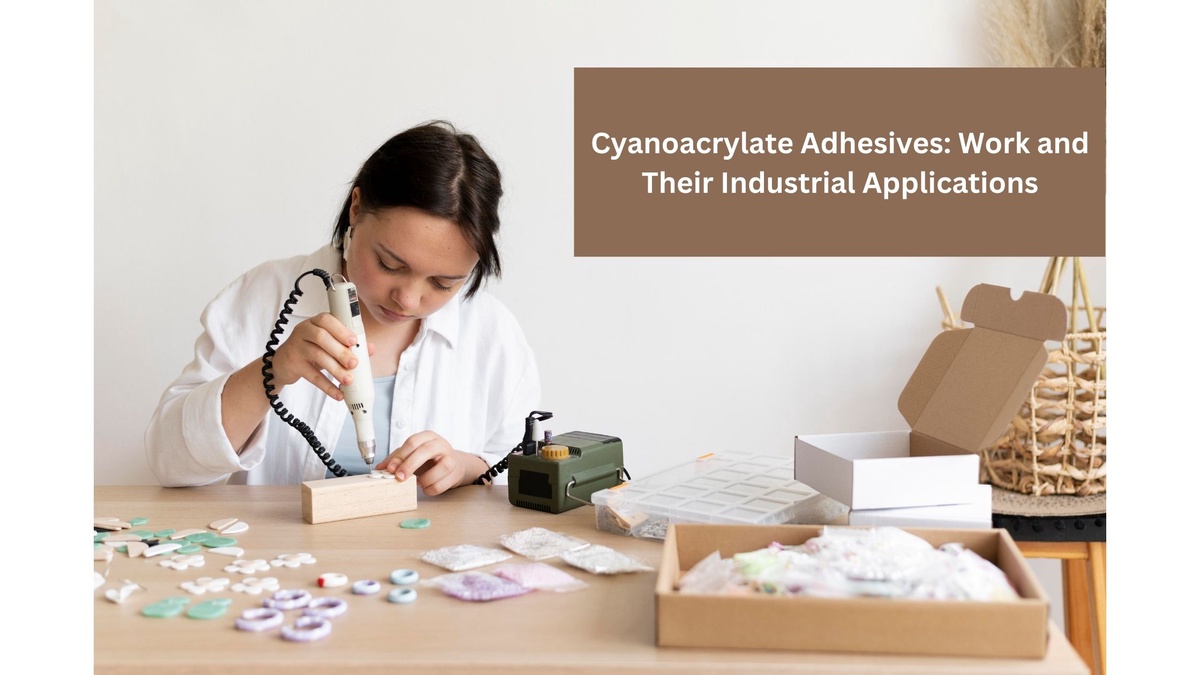Cyanoacrylate adhesives also commonly referred to as ca glue, has a wide range of applications. These are fast bonding agents and can be used on wood, plastic, metals, and many more surfaces. Cyanoacrylate adhesive creates a mechanical adhesive bond around tissue or glass fiber mat to strengthen joints. When it is mixed with sodium bicarbonate, sturdy adhesive and lightweight adhesive filler are produced. With time, manufacturers have become more interested in understanding the benefits of adhesives in assembling products over mechanical assembly methods such as rivets, threaded fasteners, or welding.
- Application of cyanoacrylate adhesives in industries – Design engineers often specify the type of adhesives suitable for a particular purpose. Process engineers or Quality engineers return to the trusted bonding created by adhesives to overcome flaws in the design. Cyanoacrylate adhesive has wide application in fixing musical instruments. Moreover, the strong bonding created by these adhesives is impeccable for assembling aerospace parts, automotive components, appliance part assembly, etc. These also have unparalleled application in disposable medical tools. Alternatively known as ‘superglue’, they bond faster than other bonding agents.
- Benefits of using ca glue over other adhesives – There are several reasons behind the demand for cyanoacrylate adhesive in the market. ‘Krazy glue’ or ca glue is available in both one-part and two-part compositions which automatically makes the application easier. Many adhesives are only available in two-part compositions where one has to wait for the parts to cure before they can be applied on any surface. These are also applied at room temperature. Thus, the hassle of maintaining artificial temperature is out of the way. Ca glue bonds a list of materials except for Teflon and surfaces that are extremely acidic. The viscosity ranges from water-thin liquids to thixotropic gels. These are also solvent-free and form thermoplastics pretty quickly.
- Curing time – As mentioned earlier, the curing time of cyanoacrylate adhesive is comparatively lesser than other adhesives. Once applied, the two surfaces must be pressed down together for a firm bonding. In less than 60 seconds, a firm bond is created. A small tip – the surfaces should not be repositioned or moved after ca glue has been applied. This might not lead to the wanted results and take longer than expected time. The shelf life is average – superglue retains its best quality for up to one year since the manufacturing date.
The use of cyanoacrylate adhesive has only increased over the years. The excellent features of this adhesive make it a favorite amongst manufacturers.


No comments yet